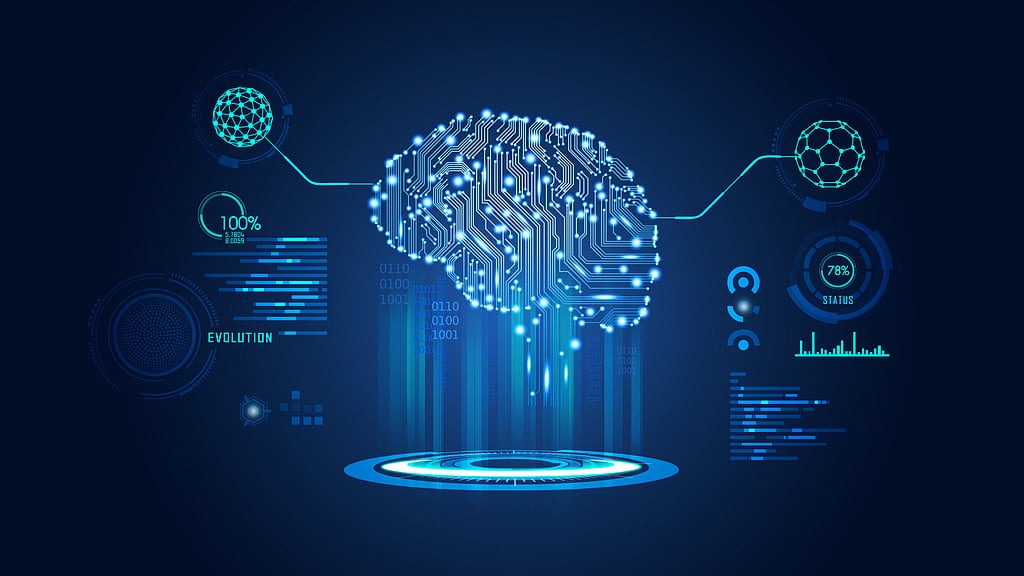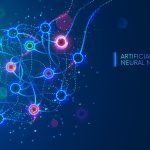Introduction 🌱
Convolutional Neural Networks (CNNs) have revolutionized computer vision, enabling machines to see and understand images. From facial recognition to medical imaging, CNNs power a wide range of applications by classifying, detecting, and segmenting objects within images. But how do CNNs work, and what makes them so effective? Let’s dive into the world of CNNs and explore how they build accurate image classifiers.
What Are Convolutional Neural Networks? 🧠
A CNN is a type of neural network specifically designed to process structured grid-like data, such as images. Unlike traditional neural networks, which treat images as flat arrays of pixels, CNNs preserve spatial relationships by using filters (also called kernels) to detect patterns like edges, shapes, and textures.
The key components of a CNN include:
- Convolutional Layers 🧩: Apply filters to extract features from the input image.
- Pooling Layers 🏊: Reduce the spatial dimensions while retaining important information.
- Fully Connected Layers 🔗: Combine extracted features to classify the image.
- Activation Functions 🚦: Introduce non-linearity to help the network learn complex patterns.
How CNNs Work: Step-by-Step Process ⚙️
-
Input Layer 🟢:
The process begins with an input image represented as pixel values. For example, a grayscale image is represented as a 2D array, while a color image (RGB) is a 3D array. -
Convolution Operation 🌀:
The convolution layer applies small filters (kernels) to the image, scanning it pixel by pixel. Each filter detects specific features, such as edges, corners, or textures. This process creates feature maps that highlight important patterns. -
Activation Function (ReLU) ⚡:
After convolution, the Rectified Linear Unit (ReLU) activation function is applied to introduce non-linearity, allowing the network to learn more complex features. -
Pooling Layer (Downsampling) 🏗️:
The pooling layer reduces the spatial dimensions of the feature maps, typically using max pooling (which takes the maximum value in each region). This step makes the network more computationally efficient and less sensitive to slight variations in the image. -
Flattening 📏:
The pooled feature maps are flattened into a 1D array, preparing the data for the fully connected layers. -
Fully Connected Layers (Dense Layers) 🔗:
These layers process the flattened data, combining the detected features to classify the image into different categories. -
Output Layer 🎯:
The final layer uses a softmax activation function (for multi-class classification) or sigmoid activation (for binary classification) to generate probabilities for each category. The category with the highest probability is the network’s prediction.
Training a CNN: Learning to Recognize Images 📚
Training a CNN involves feeding it labeled images and adjusting its internal parameters to minimize prediction errors. This process includes:
- Forward Propagation 🏹: Data flows through the network, generating predictions.
- Loss Calculation 💡: The network compares its predictions to the actual labels using a loss function (such as cross-entropy loss).
- Backward Propagation 🔁: The network adjusts its weights using gradient descent and backpropagation to reduce the loss.
- Epochs and Iterations ♻️: This process repeats over many epochs until the network achieves high accuracy.
Popular CNN Architectures 🗂️
Several CNN architectures have set benchmarks in image classification and object detection:
- LeNet-5 📸: One of the earliest CNNs, used for digit recognition.
- AlexNet 🏆: Revolutionized computer vision by winning the ImageNet competition in 2012.
- VGGNet 🧱: Known for its deep and simple architecture with small filters.
- GoogLeNet (Inception) 🌐: Introduced inception modules to improve efficiency.
- ResNet 🔄: Utilizes skip connections to solve the vanishing gradient problem in deep networks.
- MobileNet 📱: Optimized for mobile and edge devices with limited computational power.
Building an Image Classifier Using CNN 🏗️
Let’s outline the process of building a basic image classifier using a CNN:
1. Data Collection and Preprocessing 🗂️🧹
- Collect a labeled dataset, such as MNIST (digits), CIFAR-10 (objects), or ImageNet (large-scale images).
- Resize and normalize images to ensure consistent input.
2. Designing the CNN Architecture 🏗️
- Input layer: Accepts the image data.
- Convolutional layers: Extract features using different filters.
- Pooling layers: Reduce spatial dimensions and computational complexity.
- Fully connected layers: Combine features for classification.
- Output layer: Produces predictions with softmax activation.
3. Training the CNN 📚🏹
- Use a training dataset to adjust the network’s weights through forward and backward propagation.
- Optimize performance using algorithms like Adam or SGD.
4. Evaluating the CNN 📊
- Assess accuracy, precision, recall, and F1-score using a validation dataset.
- Fine-tune the network to improve generalization.
5. Testing and Deployment 🚀
- Test the trained CNN on unseen images to evaluate its real-world performance.
- Deploy the model for practical applications, such as object detection, facial recognition, or medical diagnosis.
Real-World Applications of CNNs 🌍
CNNs are used across various industries to analyze and interpret visual data:
- Healthcare 🏥: Detecting tumors in medical images and diagnosing diseases.
- Automotive 🚗: Enabling self-driving cars to recognize pedestrians, vehicles, and traffic signs.
- Security 🔒: Facial recognition for identity verification and surveillance.
- Retail 🛒: Visual search engines that allow customers to find products by uploading images.
- Agriculture 🌾: Monitoring crop health and detecting pests using aerial images.
Advantages and Challenges ⚖️
✅ Advantages:
- Automatically extracts features without manual input.
- High accuracy in image classification and object detection.
- Scalable for large datasets with millions of images.
❗ Challenges:
- Requires substantial computational resources for training.
- Needs large datasets to avoid overfitting.
- Lacks interpretability, making it difficult to understand how decisions are made.
The Future of CNNs 🚀
As AI technology advances, CNNs are becoming more efficient, accurate, and accessible. Innovations like capsule networks, attention mechanisms, and neuromorphic computing are pushing the boundaries of computer vision. In the future, CNNs will continue to drive breakthroughs in autonomous systems, medical diagnostics, augmented reality, and beyond.
Conclusion 🌟
Convolutional Neural Networks have transformed how machines perceive and analyze visual data, making them essential in fields ranging from healthcare to automotive. By understanding how CNNs work, we can appreciate their role in building intelligent systems that see and interpret the world as humans do. As technology evolves, CNNs will continue to lead the way in computer vision and AI-powered image classification.


